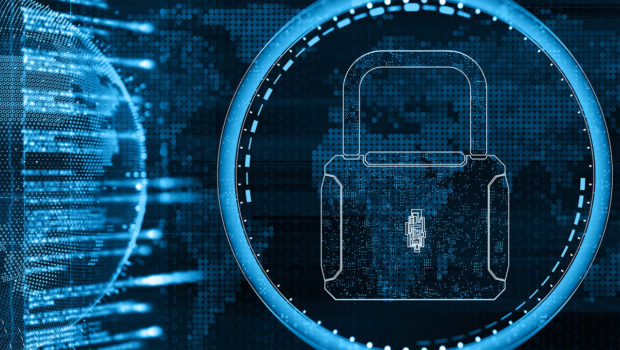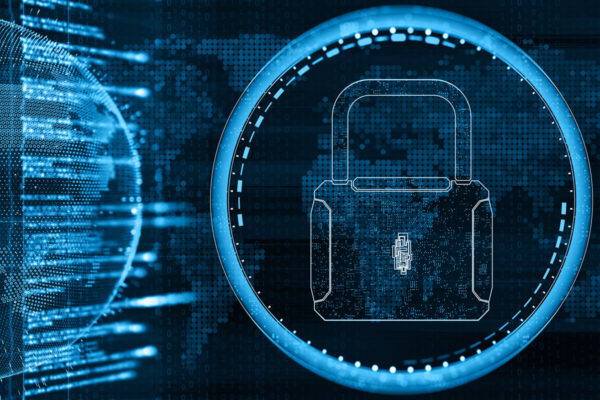How to Create Cybersecurity Policies and Procedures
Regardless of your business size, you likely run a considerable portion of your operations through the internet. With cyberattacks on the rise, is your business adequately protected from all of the potential threats? It’s impossible to entirely prevent a cyberattack, as cybercriminals are developing highly sophisticated means of hacking into networks, applications, and databases. That said, you can hugely reduce the risks by implementing cybersecurity policies and procedures.
Cybersecurity policies will help your employees identify where cybersecurity threats may appear, and ensure they are not a part of the problem. The procedures will address what to do if a cyberattack does happen, so everyone can work quickly to reduce the damage sustained. There is a lot to consider when creating cybersecurity policies and procedures for your company. By understanding what you should include, you can make them as effective as possible.
How big should your cybersecurity policy be?
There is no one-size-fits-all when it comes to cybersecurity policies. The length of your policy will depend on your business size and the cybersecurity risks that you face. They can vary from 1 page to 50 pages and everything in between. It will need to be reviewed and updated frequently, as cybersecurity threats are always changing.
Enlist the help of a professional to help you create your cybersecurity policies and procedures. Someone with an online cyber security masters will have in-depth knowledge of cybersecurity risks and the tactics that cybercriminals use to infiltrate networks. They can advise you on what to include in your document and assist you in building effective security policies that will protect your business.
Update all your software
It is critical to ensure all your current systems and software are up to date. As cybercriminals develop new and improved hacking tactics, software developers will create patches to block them. Any software that you use in your business must have frequent updates to the most recent version. You should include the updating of software as part of your cybersecurity policy.
To ensure that employees don’t miss or forget to update software, you can implement push systems. Push systems will force any device to update its software as soon as it connects to a network. That way, you will never need to worry about users muting the notifications. Even one day of waiting to install the latest security patch could allow a cybercriminal to gain access.
Conduct frequent systems audits
Conducting frequent systems audits should also be an integral part of your cybersecurity policies and procedures. Having a data science professional do a security audit on all your IT systems and any IT practices will make sure that there are no holes. If you are using any Internet of Things technology or automated equipment, you should include that in the audit, too. While it is essential to audit the hardware and software itself, it’s equally important to audit employee compliance with all cybersecurity policies. If your employees are not following policy, they are leaving you wide open to a potential data breach.
Social engineering
Social engineering is a huge security risk and involves a cybercriminal taking advantage of an employee’s weaknesses and tricking them into revealing sensitive and confidential information. Typically, this is done through technology such as phishing scams, where the hacker will pose as a familiar person and request information. It is not only cybercriminals that you need to watch out for. Colleagues can also use social engineering to try to obtain information that they are not authorized to, such as passwords.
Social engineering audits should be part of your cybersecurity procedure. You can assess whether employees are vulnerable when it comes to social engineering, and then address the problem in order to prevent it from happening in the future.
Cybersecurity training
One of the most critical parts of your cybersecurity policy should be cybersecurity training for employees. A well-educated team is your best defense against cybersecurity attacks and data breaches. All new employees should receive thorough cybersecurity training, with a company-wide refresher at least once a year. Cybersecurity threats are always changing, as are cybersecurity procedures, so you’ll always have new information to learn. Frequent training will also keep cybersecurity fresh in your employees’ minds, which will reduce their chances of slip-ups.
Frequently back up data
Backing up your business data is more critical than ever with the rise of ransomware. Ransomware is essentially a form of cyberattack that infiltrates your system and holds all of your data hostage. You will be unable to access any of your data until you pay a ransom to the cybercriminals, and usually, it is a hefty sum. Many companies lose everything on account of ransomware attacks, and the best way to protect your business is by always backing up your data.
If you have a fresh backup, you can restore all your data, and face minimal losses.
Part of your cybersecurity policy should be to back up all data every day to ensure that you are covered. All backup software should be tested frequently by your IT department or a cybersecurity professional to ensure everything is functioning correctly.
Keep assets physically secure
Leaving your servers unsecured means that all the other cybersecurity procedures you’ve implemented may go to waste. You could have fantastic software and hardware security features, but the server needs to be physically secured to ensure protection. Whether your business operates in an office or in a factory, locking up servers in a secure location is essential. You can put it into a locked cage, and only allow access to those with the required clearance.
By creating cybersecurity policies and procedures, you are doing what you can to mitigate any risks of cyberattacks. While they may still happen, you will dramatically reduce the implications and potential damage because of your policies. Employees will understand the cybersecurity risks they face and be able to identify them more adequately. On top of that, consistent auditing and maintenance of systems will keep your procedures effective and up to date.

















